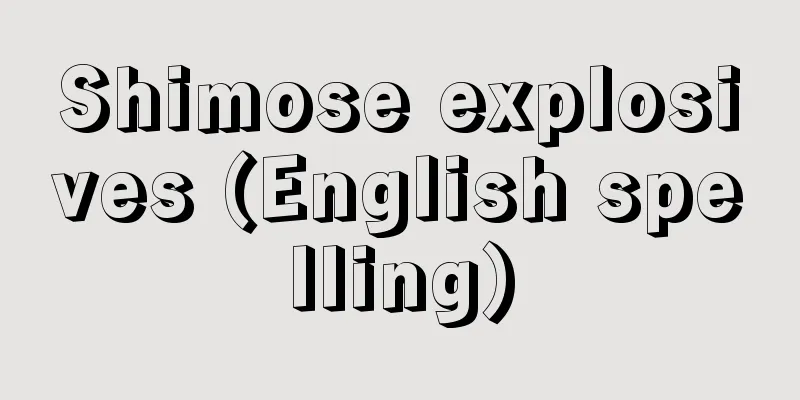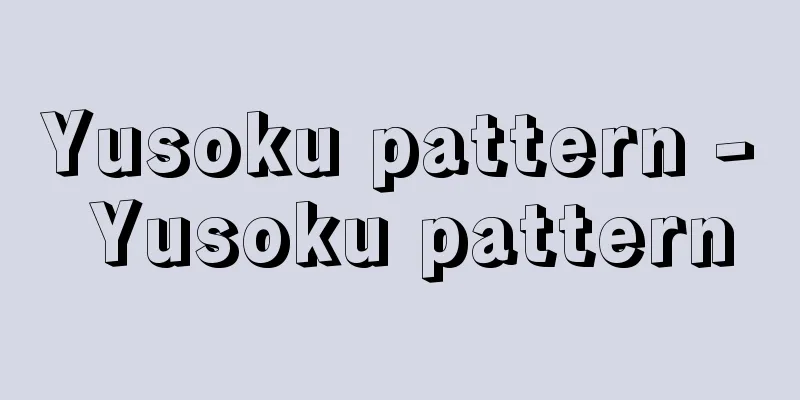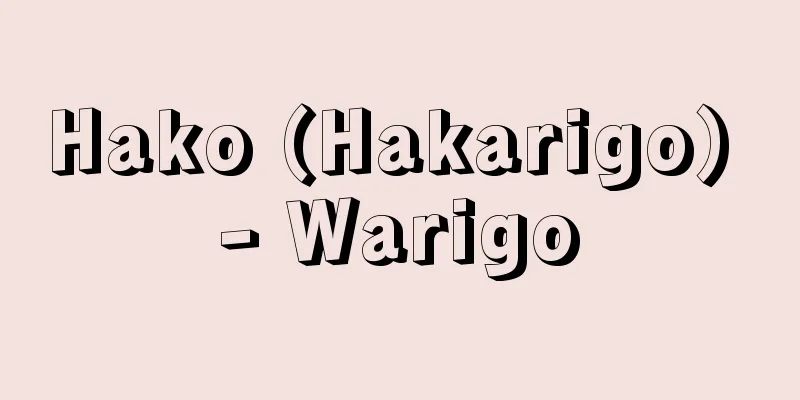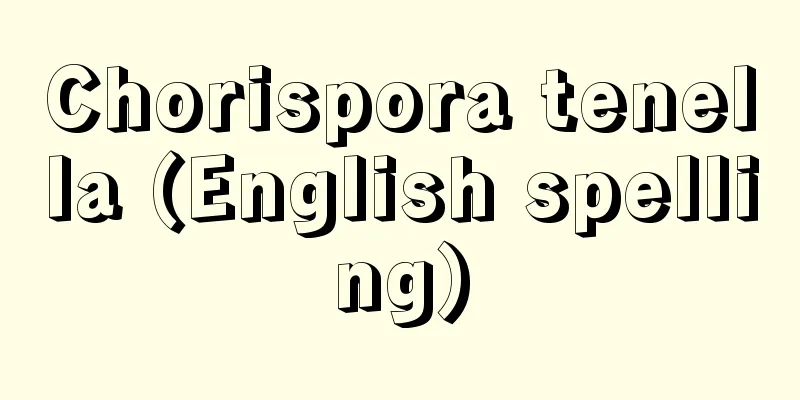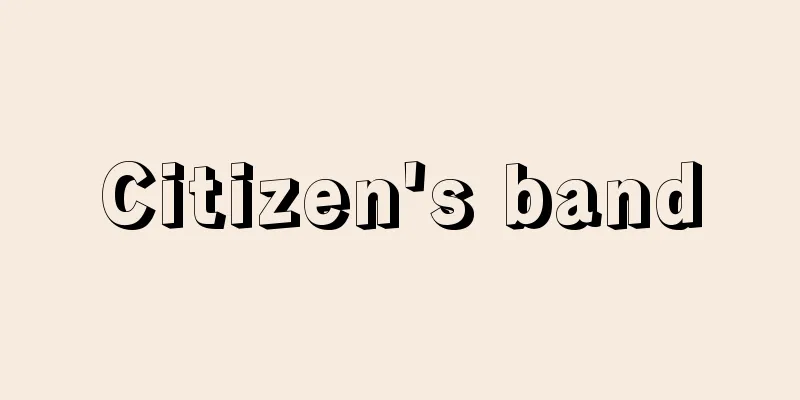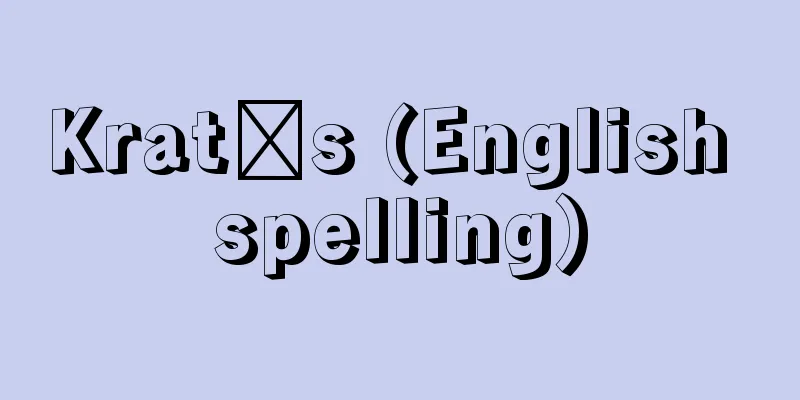Guidance record - Shidou yoroku

|
This is a register that records the current address, guardian, attendance, learning status, etc. of children and students enrolled in elementary, junior high, and high schools in a cumulative manner, and is useful for guidance and serves as the original document for certification when moving on to higher education or finding a job. Article 24 of the Enforcement Regulations of the School Education Act stipulates that the principal is responsible for creating it, and Article 28 of the same regulations stipulates that it is a "register that schools must have," and the period of storage is 5 years for the portion related to guidance and 20 years for the portion related to school registration. Before World War II, school registers were created with an emphasis on functioning as a family register rather than as a useful tool for guidance of enrolled children and students. After the war, school registers were abolished and instructional records were created that record the process and results of guidance of children and students in a cumulative manner, deepen understanding of children and students, and apply the functions to guidance, and they replaced the school register. Since then, it has been revised several times and is the current version. The format and content of the Guidance Record are decided by the city, town, village and prefecture boards of education that manage schools, based on the reference plan provided by the Ministry of Education, Culture, Sports, Science and Technology, and are almost the same throughout the country. The principal of each school is responsible for preparing the Guidance Record, but the actual entries are made by the homeroom teacher, who compiles the grades submitted by the subject teachers, etc. When a child or student transfers or advances to a new school, a copy or excerpt of the Guidance Record is made and sent to the new school, and it is expected that the teacher who guides the child or student will play a role similar to that of a doctor's medical record. Contents of the Guidance RecordThe contents to be recorded in the school record are as follows: [1] Student records Evaluation methods in school recordsThe assessment of learning status from different perspectives, which is the main part of the school record, is shown on a three-level scale, and the display of the grades for each subject is abolished for the lower grades of elementary school, is shown on a three-level scale for the third grade and above of elementary school, is shown on a five-level scale (relative assessment) for compulsory subjects in junior high school, and is shown on a three-level scale (absolute assessment) for elective subjects in junior high school. In high school, as a rule, an absolute assessment method is used, in which students are assessed based on how well they have achieved the goals of the subject. In elementary and junior high schools, the assessment is centered on absolute assessment, with the main focus on the learning status from different perspectives, which shows the degree of achievement of the goals of each subject (for example, "interest, motivation, and attitude," "thinking and judgment," "knowledge and understanding," etc.), and furthermore, by using observations to supplement the above two, the learning status is viewed analytically, comprehensively, and from multiple perspectives. In addition, for the record of behavior, for each category such as "basic lifestyle habits," "cheerfulness and liveliness," and "independence and perseverance," a "+" is written for those that are excellent according to the evaluation criteria created by the school (the ratio is not taken into consideration). The Guidance Record has been revised each time the Course of Study was revised. The revisions to the Guidance Record in response to the revision of the Course of Study in 1998 (Heisei 10) were made in the following ways: (1) Change the basic evaluation method from ranking within a group (relative evaluation) to the degree of goal achievement (absolute evaluation) In 2001, the format of the Guidance Record was improved. The main points are as follows: [1] The elementary and junior high school school records will be revised so that (1) the assessment of each subject will be based on the goals set out in the curriculum guidelines, with a view to ensuring that students master the basic and fundamental content set out in the curriculum guidelines. (2) Regarding "integrated study time," each school will determine its own assessment criteria and create a new column for written assessment. (3) With the aim of cultivating "life skills," and in light of the importance of cultivating rich humanity, the "record of behavior" section will be reviewed. (4) Recognizing that "life skills" are a holistic ability, the observations column will be consolidated with the aim of making it possible to devise ways to grasp the overall state of children's and students' growth. [2] In the high school school guidance records, the evaluation of each subject and course will be based fully on the four perspectives of "interest, motivation, and attitude," "thinking and judgment," "skills and expression," and "knowledge and understanding." In addition, a new column for written evaluation of "integrated study time" will be added. [3] The school records of schools for the blind, schools for the deaf, and schools for the physically challenged (currently known as special needs schools) will place emphasis on evaluation of the degree to which teaching goals are being achieved in accordance with the disability status of each child or student, as well as on individual evaluation. Improvements will include the establishment of a column for "independent activities," promotion of evaluation based on individual teaching plans, and the enrichment of appropriate records in accordance with the educational curriculum and learning instruction situation, as well as the severity, multiplexing, and diversification of disabilities. Report cards are based on the contents of these school records, but each school adds various ideas and determines its own format in order to clearly inform parents of their child's learning situation and behavior. Disclosure of school recordsIn the past, the disclosure of school records was either full disclosure, partial disclosure, or non-disclosure, but since the 1990s, in line with the trend toward disclosure of educational information, school records have been moving toward full disclosure. There are also cases where full disclosure has been approved for current students. Furthermore, court cases that were previously reluctant are gradually moving toward full disclosure. [Keiichi Uruda, Tetsuo Shimomura, and Shinji Kubota] "Educational Evaluation and Guidance Records" by Jinbo Shinichi, Ishida Tsuneyoshi, and Iwasaki Kesa (included in Junior High School Education Practice Course Vol. 18, 1982, Gyosei)" ▽ "New Legal Studies of the Educational Curriculum - Textbooks, Guidance Records, and Corporal Punishment" by Shimomura Tetsuo (1992, Gakken)" ▽ "Research on Educational Information Disclosure" by Sakamoto Hideo (1997, Gakuyo Shobo)" ▽ "Quick Solution: New Guidance Records and the Curriculum Council Report - Understanding the Evaluation of 'Zest for Living'" (2001, Gyosei), edited by the editorial staff of "Yu" ▽ " Handbook of Educational Laws and Regulations, Heisei 22 Edition" by Kubota Shinji and Ogawa Tomotsugu (2009, Gakuyo Shobo)" [Reference items] | | | | |Source: Shogakukan Encyclopedia Nipponica About Encyclopedia Nipponica Information | Legend |
|
小・中・高等学校に在学する児童・生徒の現住所、保護者などのほか、出欠状況、学習状況などを累加的に記録し、指導に役だてるとともに、進学、就職などの際の証明のための原本となる表簿である。学校教育法施行規則第24条によって、その作成義務は校長にあるとされており、同規則第28条によって、「学校において備えなければならない表簿」とされ、保存の期間は、指導に関する部分については5年間、学籍に関する部分は20年間とされている。第二次世界大戦前の学籍簿は、在学する児童・生徒の指導に役だてるよりは、戸籍簿的な機能を重視して作成されていた。戦後、学籍簿が廃され、児童・生徒の指導の過程や結果を累加的に記録し、児童・生徒への理解を深め、指導に生かすという機能を重視した指導要録が誕生し、学籍簿にかわることとなった。その後、数次の改訂が加えられ現行のものとなっている。 指導要録の様式・内容等については、学校を管理する市町村教育委員会および都道府県教育委員会が、文部科学省の示す参考案を基準にして定めることとされるが、全国的にほぼ同様のものとなっている。また、指導要録の作成責任者は各学校の校長であるが、実際の記入は学級担任教師が、教科担任などから提出された成績をとりまとめて記入している。児童・生徒が転学、あるいは進学した場合には、指導要録の写しまたは抄本を作成して、転学先(進学先)の学校に送付することになっており、いわば児童・生徒を指導する教師にとって、医師のカルテのような役割が期待されている。 指導要録の内容指導要録に記入される内容は次のようなものである。 〔1〕学籍に関する記録 指導要録における評価法指導要録の主体となる観点別学習状況の評価は3段階で示され、各教科の学習の評定の表示は、小学校低学年では廃止、小学校第3学年以上では3段階、中学校の必修科目では5段階(相対評価)、中学校の選択教科は3段階(絶対評価)によって示すが、高等学校については、原則として生徒が教科の目ざす目標にどれだけ到達しているかによって評定を行う絶対評価の方法をとる。小・中学校では、各教科の目標(たとえば「関心・意欲・態度」「思考・判断」「知識・理解」など)に対する到達度を示す観点別学習状況を主体に、絶対評価中心の評価を行い、さらに前記の二つを補うための所見によって、学習状況を分析的に、また総合的、多面的にとらえようとしている。また、行動の記録は、「基本的な生活習慣」「明朗・快活」「自主性・根気強さ」などの項目ごとに、学校で作成した評価基準に照らして、優れているものには+を記入する(その比率は考慮しない)。 指導要録の改訂は、学習指導要領の改訂に伴ってそのつど行われてきたが、1998年(平成10)の学習指導要領の改訂に伴う指導要録の参考案の改訂趣旨は、以下の諸点にある。 (1)基本的な評価法を集団のなかの順位(相対評価)ではなく、目標の達成度(絶対評価)に改める 2001年(平成13)には指導要録の様式の改善が行われた。その要点は以下の通りである。 〔1〕小・中学校の指導要録は、(1)各教科の評定について、学習指導要領に示す基礎的・基本的な内容の確実な習得を図るなどの観点から、学習指導要領に示す目標に照らしてその実現状況を評価することに改める。(2)「総合的な学習の時間」について、各学校で評価の観点を定めて、評価を文章記述する欄を新たに設ける。(3)「生きる力」の育成を目ざし、豊かな人間性を育てることが重要であることを踏まえ、「行動の記録」の項目を見直す。(4)「生きる力」は全人的な力であることを踏まえ、児童・生徒の成長の状況を総合的にとらえる工夫ができるようにする趣旨から、所見欄等を統合する。 〔2〕高等学校の指導要録は、各教科・科目の評定については、「関心・意欲・態度」「思考・判断」「技能・表現」「知識・理解」の四つの観点による評価を十分踏まえるとともに、「総合的な学習の時間」について、評価を文章記述する欄を新たに設ける。 〔3〕盲学校・聾(ろう)学校・養護学校(現特別支援学校)の指導要録は、児童・生徒の障害の状態に応じた指導の目標の実現状況の評価や個人内評価を重視することとし、「自立活動」の欄の設定、個別の指導計画を踏まえた評価の推進、教育課程や学習指導の状況および障害の重度・重複化や多様化等に応じた適切な記録の充実などの改善を図る。 通信簿は、このような指導要録の内容に基づきながら、親に子供の学習状況や行動をわかりやすく知らせるため、各学校ごとにさまざまなくふうを加え、様式を定めている。 指導要録の開示指導要録の開示については、かつて全面開示、部分開示、非開示のいずれかの方法がとられてきたが、1990年代以降、教育情報公開の趨勢(すうせい)に従い指導要録も全面開示の方向に向かっている。在校生に対する全面開示を認めた例もある。また、かねて消極的だった判例も漸次積極的に全面開示の方向へ向かっている。 [宇留田敬一・下村哲夫・窪田眞二] 『神保信一・石田恒好・岩崎袈裟著『教育評価と指導要録』(『中学校教育実践講座 18巻』所収・1982・ぎょうせい)』▽『下村哲夫著『新・教育課程の法律学――教科書・指導要録・体罰』(1992・学習研究社)』▽『坂本秀夫著『教育情報公開の研究』(1997・学陽書房)』▽『「悠」編集部編『速解 新指導要録・教課審答申――「生きる力」の評価がわかる』(2001・ぎょうせい)』▽『窪田眞二・小川友次著『教育法規便覧』平成22年版(2009・学陽書房)』 [参照項目] | | | | |出典 小学館 日本大百科全書(ニッポニカ)日本大百科全書(ニッポニカ)について 情報 | 凡例 |
<<: Child Labor/Juvenile Labor
>>: Automatic direction finder - JIDOUHOKOTANCHIKI
Recommend
Snack - snack
Eating something other than the three meals a day...
Firth of Clyde
A bay in southwest Scotland, UK. Tectonically, it ...
Limit design method
A general term for a method of designing a structu...
Yes - Yes
〘Noun〙① (Translation of bhava) A Buddhist term. It...
Saicho - Saicho
The founder of the Tendai sect in Japan. He was p...
Filament - Kashi (English spelling)
The filaments of the stamen are thread-like parts ...
slack
…If the cant is too large, there is a possibility...
All German
...A general term for the ideas, movements, and p...
An Jung-geun
A patriotic activist in the final days of the Kor...
Head of the Foot Warriors
...They were ranked second only to the bangashira...
napalm
…A type of oil-based incendiary bomb. Napalm is a...
Firefight - Kasen
〘Noun〙 Abbreviation of "Kaheisen (fire warfar...
Takichirō Moriyama
Year of death: March 16, 1871 (May 5, 1871) Year o...
Progressive metamorphism
Metamorphism that occurs with increasing temperatu...
Hinokumakunikakasu Shrine
A shrine in Akizuki, Wakayama City. Formerly a gov...

